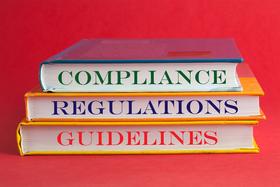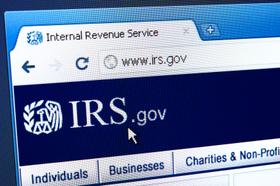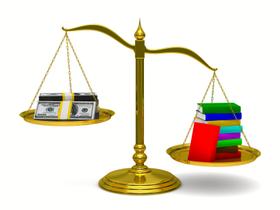You have been thinking about private school for your child for some time now. Finally, you have decided to proceed. Naturally, you will have many questions about how to organize your school search process. Here are some answers to your questions about when to tackle the various steps in the school search process. I hope this will help you plan and execute the process efficiently and with a minimum of angst. If you want more detail on any aspect of the search process, start with How To Search For Schools.
When do you send your child to private school?
At what age to send your child to private school depends on several things. The first thing which you need to consider is the quality of the education available in your local public schools. No matter what grade you are thinking about, start with that consideration first. This step requires you to do some serious research and due diligence. Don't skip this research.
Begin with the school's reputation. You may have heard good things about a particular public school in your area. That's a start, but take time to look carefully at the school profiles on sites such as Great Schools. Videos posted on YouTube by private schools will give you a useful point of comparison.
Here is an overview of teaching Spanish at The Rectory School.
Then, the next



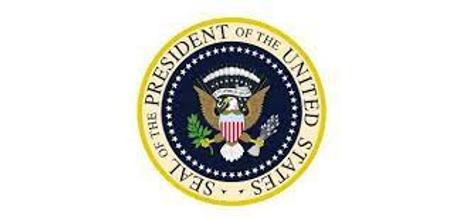
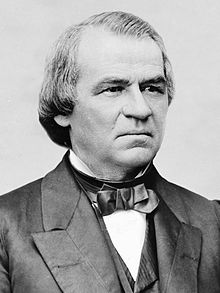 17 - Andrew Johnson
17 - Andrew Johnson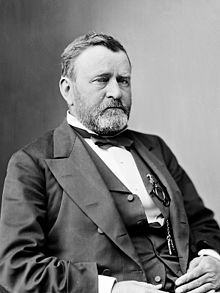 18 - Ulysses S. Grant
18 - Ulysses S. Grant











